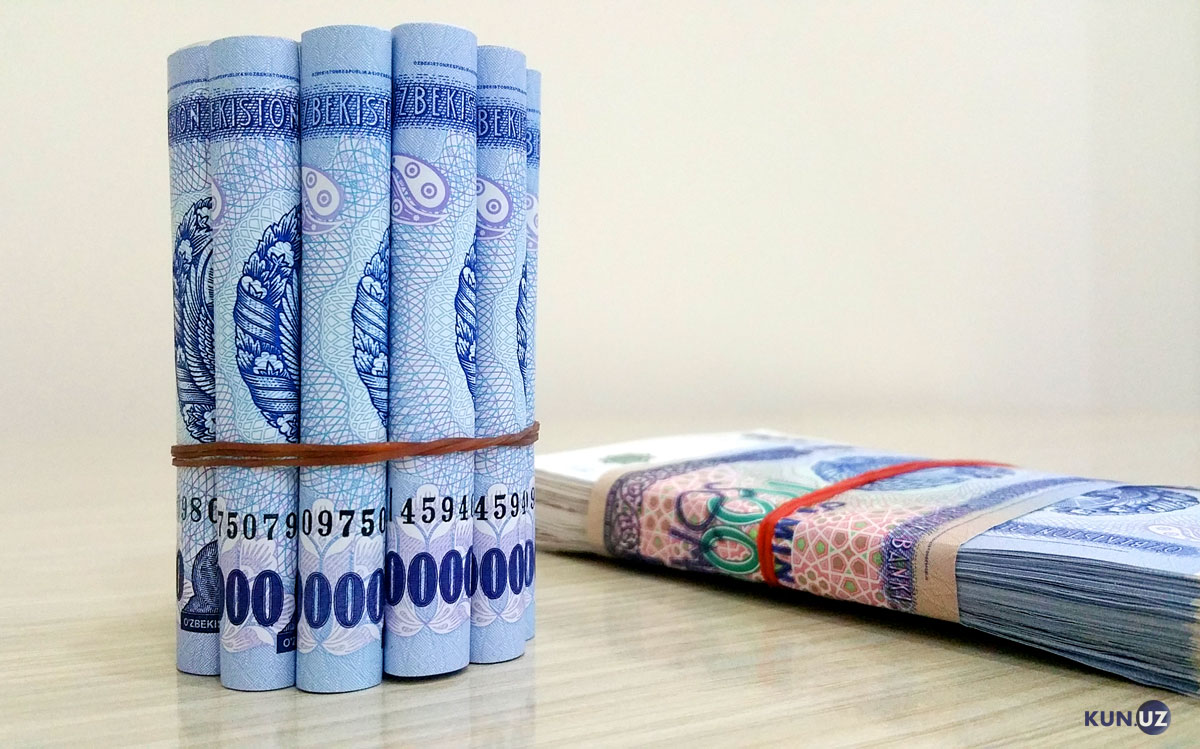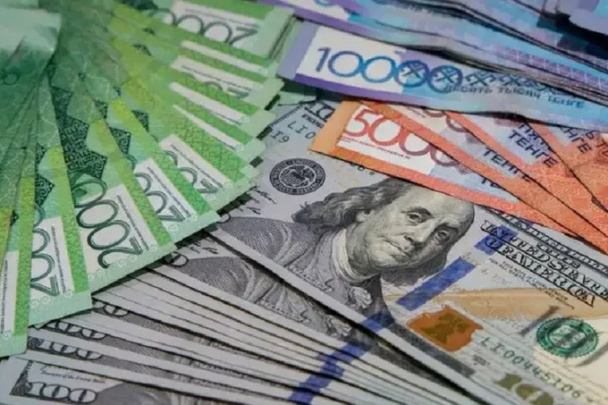Central Bank: People prefer to keep their deposits in foreign currency

Devaluation of the national currency has also had an effect on the population’s mood and activeness. This is stated in the Central Bank’s information on the impact of devaluation on deposits of individuals.
It was noted that in July-August 2019, there was an increase in demand for foreign currency under the influence of internal and external factors, which resulted in the acceleration of the national currency devaluation. In January-July 2019, the exchange rate of the US dollar increased by 4% (from 8,336 to 8,667 soums per US dollar), and the average monthly growth rate was 0.6%. In August, there was a sharp increase in the exchange rate (8.2%). By September, the US dollar’s exchange rate had returned to its previous trend and the monthly rate of growth had dropped to 0.5%.
“Devaluation of the national currency has also had an impact on the population’s mood and activeness. In particular, the monthly survey conducted by the Central Bank shows that in June-September 2019, the number of respondents who prefer to keep their deposits in foreign currency increased,” the CB report said.
During September, the share of fixed-term and savings deposits of individuals increased by 3% and as of October 1, 2019, amounted to 72% of the total balance of individuals’ deposits in national currency. It is stated that devaluation of the national currency did not significantly change the share of fixed-term and savings deposits in national currency.
Reportedly, interest rates on deposits in the national currency have been rising over the past two months. In August-September this year, the average interest rate on fixed-term deposits of individuals increased by 1% and reached 18.8%, and the fixed-term deposits of legal entities increased by 0.8% and amounted to 16.7%.
Related News

17:15 / 29.11.2024
Kazakhstan raises key interest rate amid tenge devaluation

16:51 / 19.09.2024
Consumer confidence index in Uzbekistan climbs while inflation fears mount

20:23 / 16.08.2024
Economic optimism grows in Uzbekistan, currency devaluation concerns minimized

15:34 / 26.12.2023



